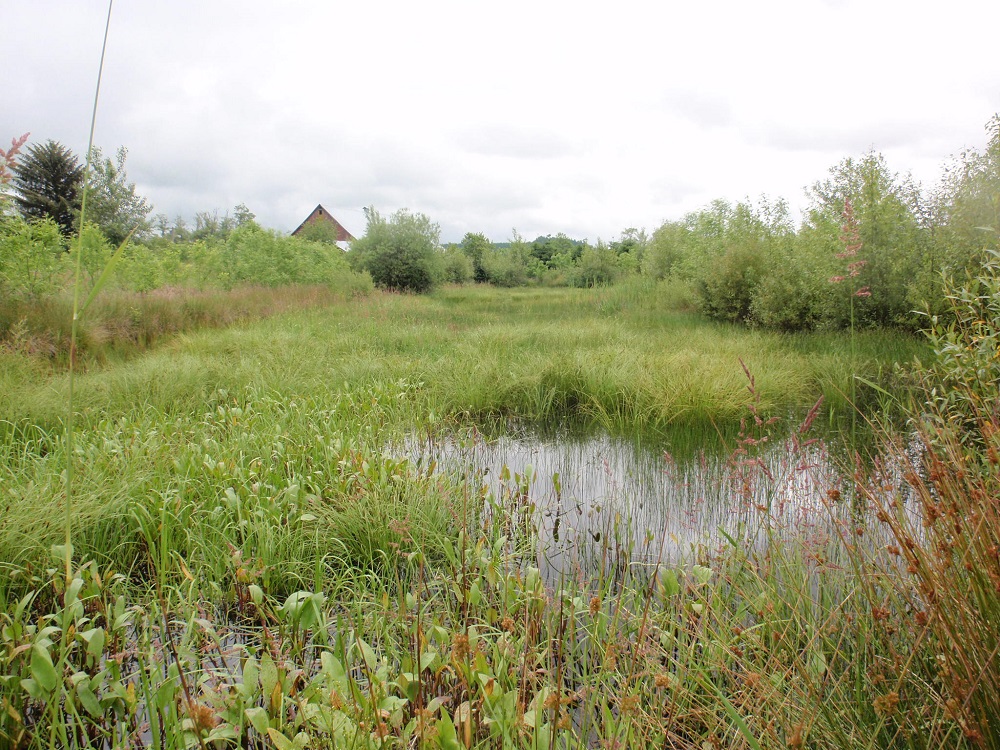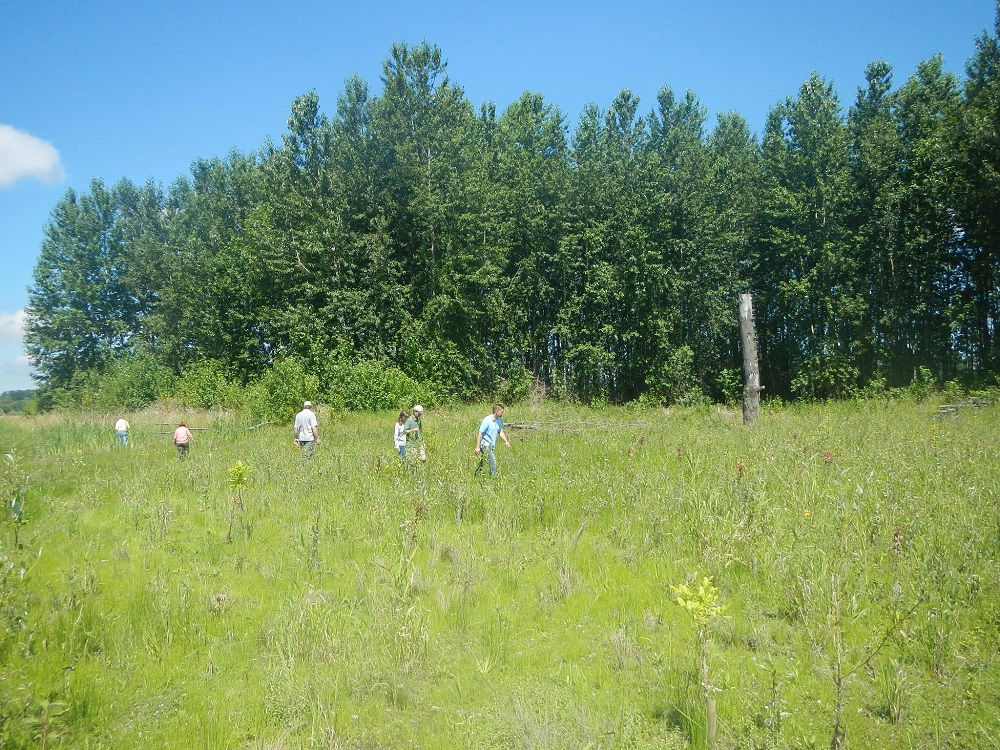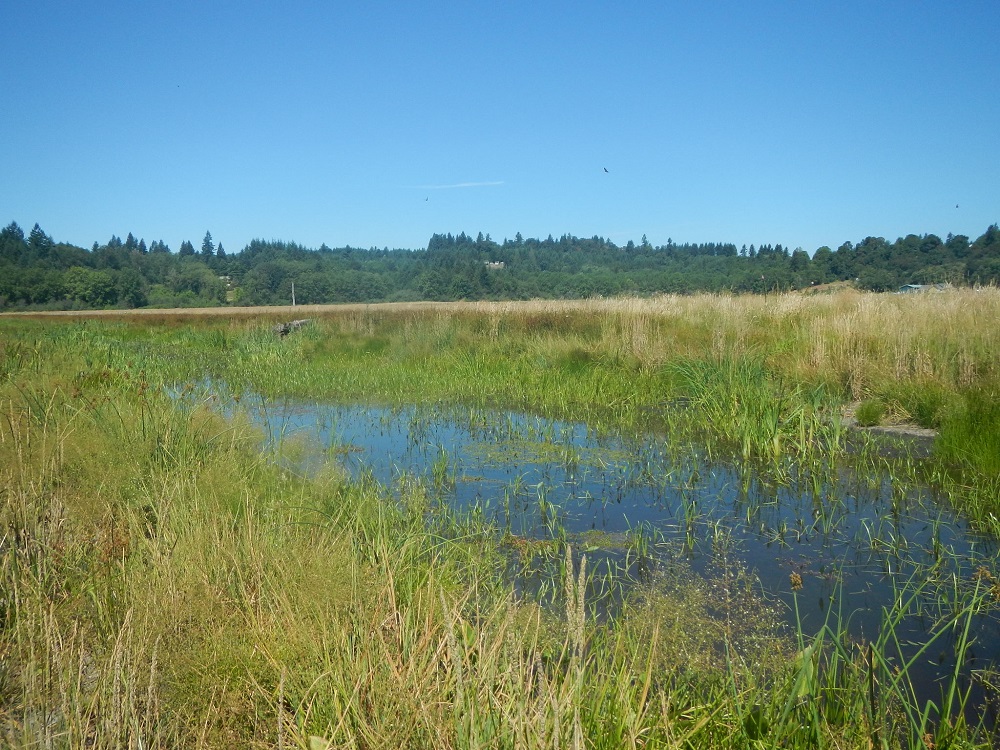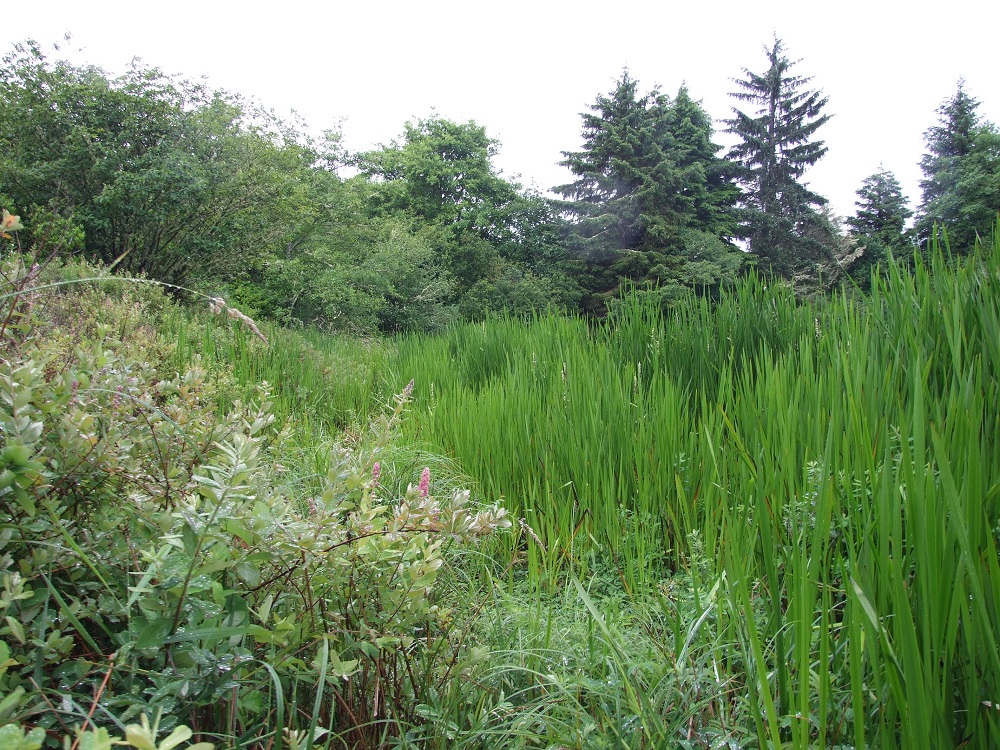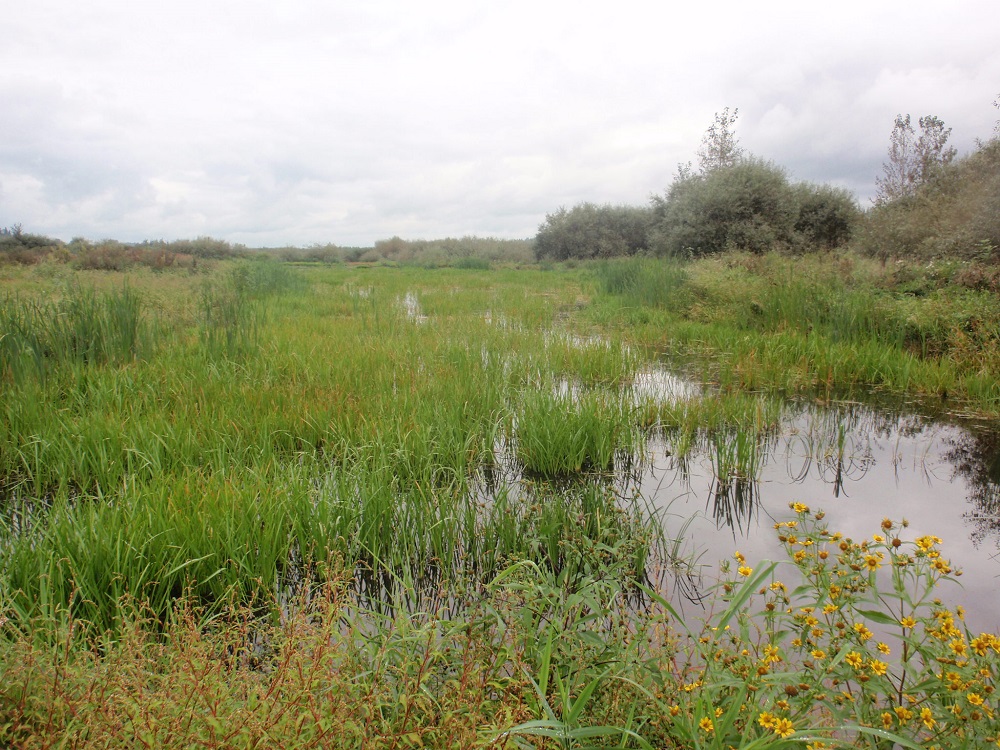Wetland mitigation banking
Wetland mitigation banks are one option available to compensate for unavoidable impacts to wetlands.
What is a wetland mitigation bank?
A wetland mitigation bank is a site where wetlands are restored, created, enhanced, or in exceptional circumstances preserved for the express purpose of providing compensatory mitigation in advance of unavoidable impacts to wetlands or other aquatic resources. Banks provide the option of purchasing credits to offset the unavoidable impacts of a project.
How do I use a bank?
If your development project is within the service area of a wetland mitigation bank, you may propose to offset unavoidable impacts to wetlands by purchasing credits from an approved bank. As the permittee, you need to submit a bank use plan to the permitting agency/agencies, who will review the proposal and determine whether or not using the bank is appropriate.
Benefits from banks
Banks typically involve consolidating many small wetland mitigation projects into a larger site that potentially has more ecological value. Consolidation encourages the growth of more diverse habitat and wetland functions. It also helps create more sustainable ecosystems.
Since wetland mitigation banks are built before damage occurs to another wetland site, banks are more likely to succeed than permittee-responsible mitigation projects. Wetland banks have the potential to increase ecological benefits, save money for project applicants, and make the application and permitting processes more efficient. Banking also creates an economic incentive for restoring, creating, enhancing and/or preserving wetlands.
The state wetland mitigation bank rule identifies the criteria necessary for implementing and operating an environmentally sound banking system in Washington. We work with the U.S. Army Corps of Engineers and EPA to certify banks across the state.
How do I…
- Find an approved bank or know if one is in process?
- Become a bank sponsor?
- Find templates and guidance documents?
- Provide comments on proposed mitigation banks?
- Learn more about banking?
- Get updates on wetland mitigation banking?
Related links
Contact information
Kela Hall-Wieckert
Wetland Banking Specialist
kela.hall-wieckert@ecy.wa.gov
564-669-0799


